The thing is, hazy masks do not save well as GIF files on account of the mathematics that support the format, and GIFs they must be for this type of animation.
There's a way to exploit the mathematics. It is possible to fade out something with a mask of solid bars. Double the number of bars for a double-strength mask. Triple the number of solid bars masking the image for a triple-strength mask. That would exploit the format to the best of its abilities. It goes like this: color xxxxxx from here to here. ZAP! an entire line. You can see how that would simplify the calculations required to describe the image. But it's a lot like viewing a painting through jail bars, then doubled jail bars, then tripled jail bars. It's a better effect to just spray the whole frame on a separate transparency then compress the two layers. Or use the bucket tool at 30%, then 60%, then 90%, as I did here. But that causes the program to keep track of all the spray dots from-here-to-here separately and that's a dreadfully lot of mathematics. Like this:
Original
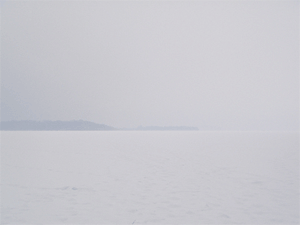
Adjusted for tone. Image → Adjustments → Shadow/Highlight. This is the darkest we can reasonably expect. This is the layer that will be masked to three different intensities with horizontal lines of a solid color.
This mask was created on a separate layer by drawing a single line, duplicating the layer, moving the line over, compressing the two layers, duplicating the duplicated line into another layer, moving the two new lines adjacent to the original two lines, compressing, duplicating, moving, compressing, and so on, exponentially until the page is rapidly filled. That's the first mask. Double it for a second mask, triple it for the third mask. Compress the masks onto duplicates of the layer adjusted to be darker so now you have three intervening darknesses.

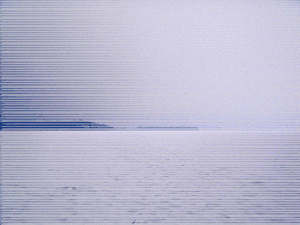

But why a mask? Why not just adjust the original to three different degrees? Because the purpose is to have an intervening layer between the background and the obscuring mask that contains an animal. We're trying to also obscure the animal.
Oh bloody wow. Saying that made me realize just now it's probably easier (for me and for the program) to fade out the animal and background incrementally to complete whiteout not by covering it with an additional layer but by removing tone. Surely that would be easier to calculate. Duh!
Another trick is to shrink the size of the image but display it larger than the file. That's what I'm doing here. Actual size: 400 width, displayed size: 500px. You can see how detail, thus image quality, is compromised.
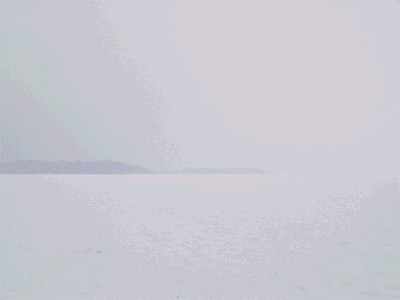

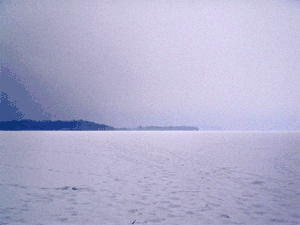



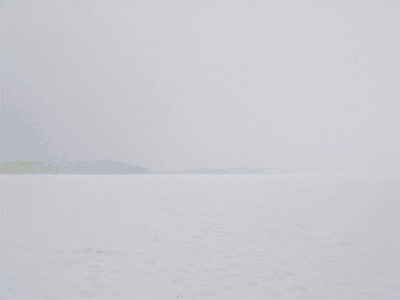
No comments:
Post a Comment